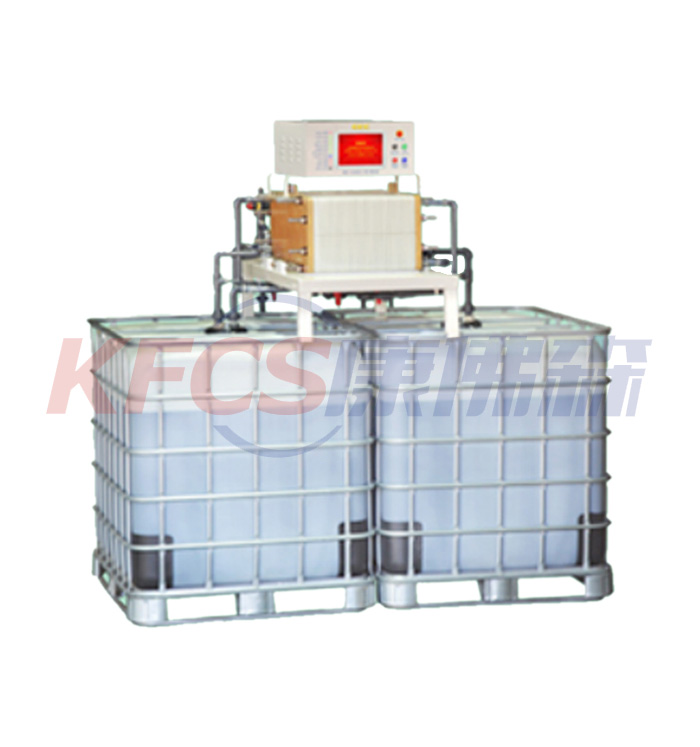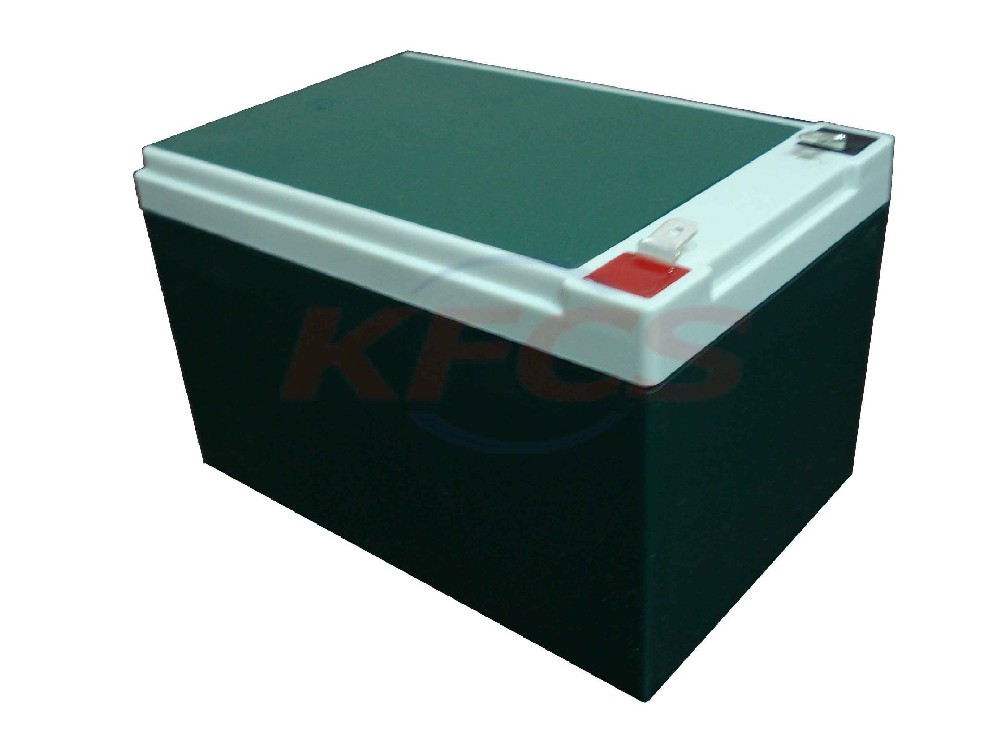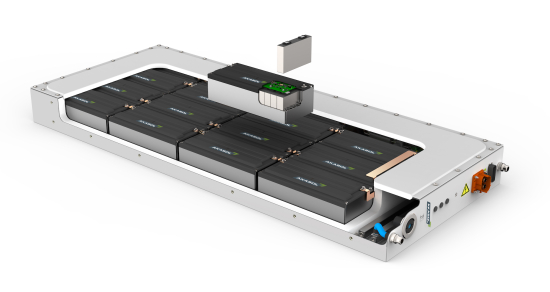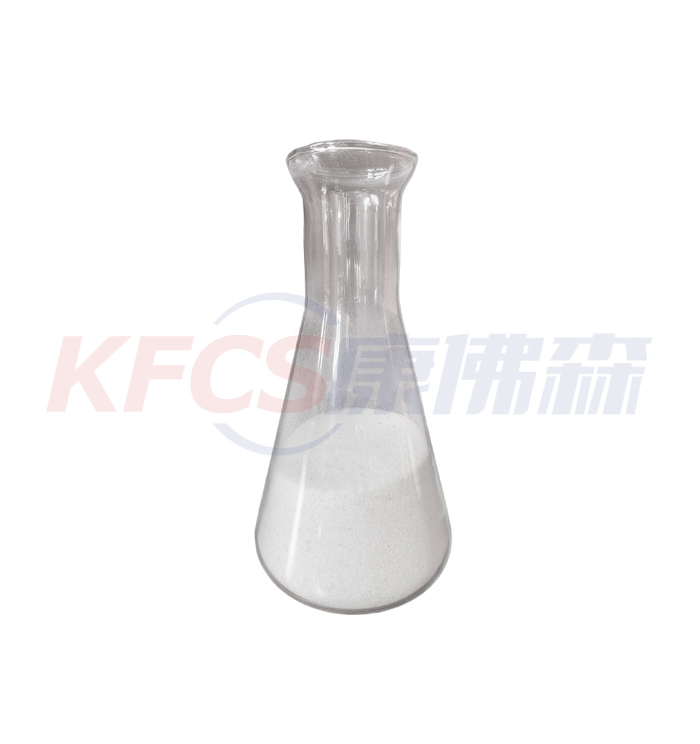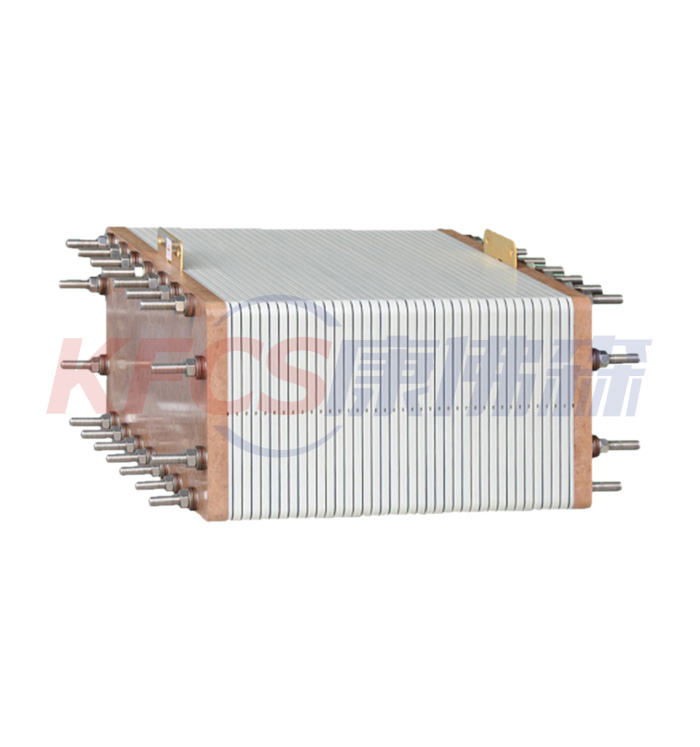Current large-scale applications of vanadium redox flow batteries
2022-01-12
Current large-scale applications of vanadium redox flow batteries
In Japan, the Tomamae Wind Farm on the island of Hokkaido is connected to a 4 MW vanadium redox flow batteries energy storage system, which is used to smooth out the peaks and valleys of wind power generation. In addition to this grid-connected application of renewable energy, Sumitomo Corporation's headquarters in Osaka also displayed a showcase offering 3 MW of peak shaving.
The Zhangbei National Wind and Solar Energy Storage and Transmission Demonstration Project in China is connected to the 2 MW VRFB to provide general energy.
In the U.S., Prudent Energy is also responsible for the largest vanadium redox flow batteries storage system in the U.S. today (0.6 MW), located in Gills Onions, California. It is used to store energy produced by methane produced by biological waste plants.
In Germany, Fraunhofer at Pfinztal is developing a 2 MW RFB coupled to wind turbines. Fraunhofer [22] is also developing a 0.5 m 2 RFB stack (planned for 25 kW)
These developments have sparked discussions about the future "increase" and "expansion" of flow battery systems. On the one hand, mass production (increased quantity) will rapidly reduce the cost of battery modules, on the other hand, the expansion of the stack size will also lead to a reduction in cost per kilowatt and a reduction in installation requirements. Currently, most stacks are in the single-digit kilowatt range, with high capacity achieved by connecting hundreds of stacks. As market share increases, the size of each stack will increase as the demand for larger units grows.
Most applications today involve large systems because VRFBs become cheaper than other systems due to upgrades. Also, they have high capacity in most cases, so charging or discharging time takes several hours (4-10 hours). Therefore, for VRFB, this power capacity ratio is between 1:4 and 1:10. Nonetheless, there are some developments aimed at using VRFB for small-scale applications. For example, in Germany, where the domestic solar market is becoming more and more important, VOLTERION is developing small batteries with power ratings of (1-2) kW and (5-10) kW h for domestic applications.
About News
- New Vanadium Redox Battery may be developed
- Redox flow battery (RFB) is a rechargeable electrochemical device
- World's largest lithium-vanadium hybrid energy storage system starts up at Oxford Energy Centre
- Megawatt vanadium battery system
- 2.5kW vanadium battery
- Industrial chain of power battery recycling
- Types of Recycling Lithium-Ion Batteries
- Energy storage operation and maintenance solutions
- Korean liquefied petroleum gas company enters the rapid charging market of all vanadium flow battery
- What is a vanadium battery?
Products




